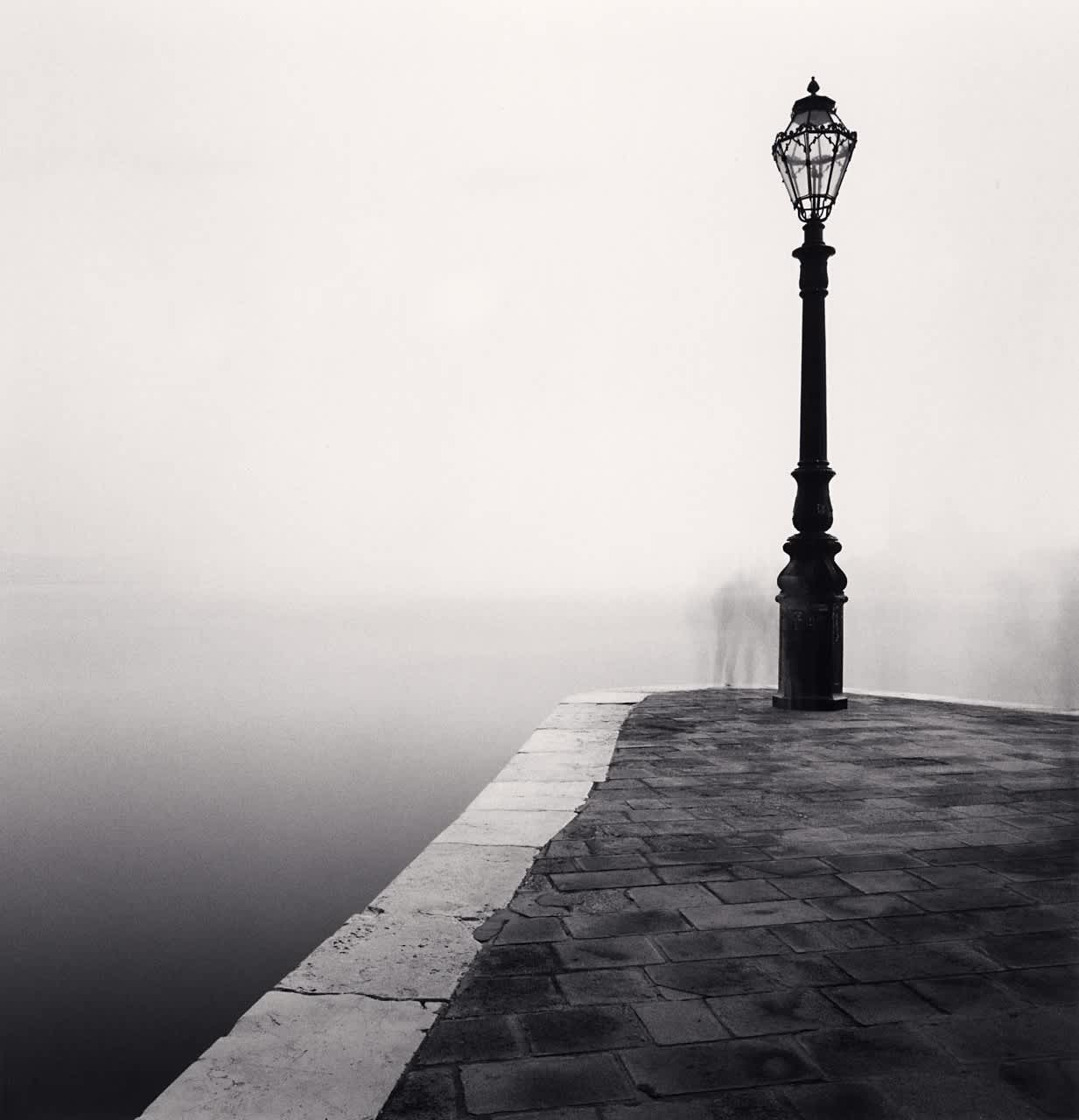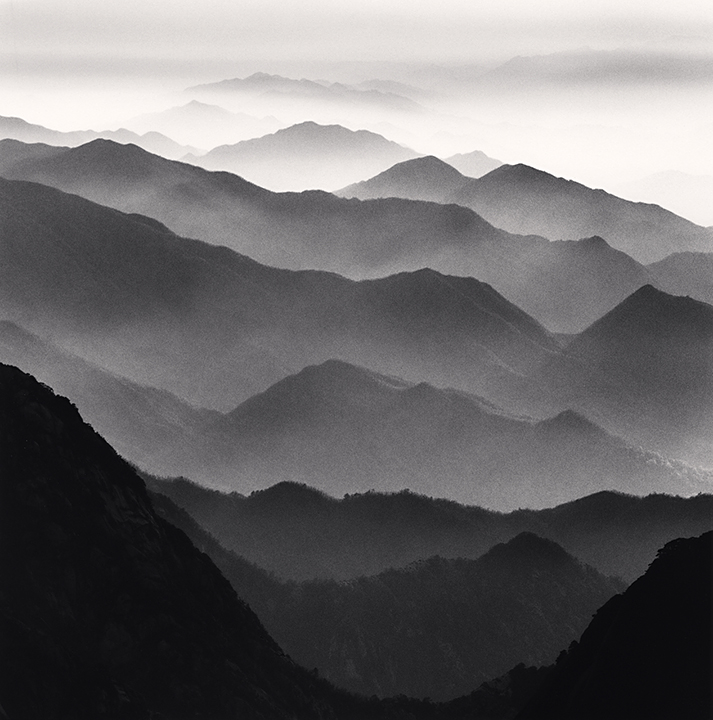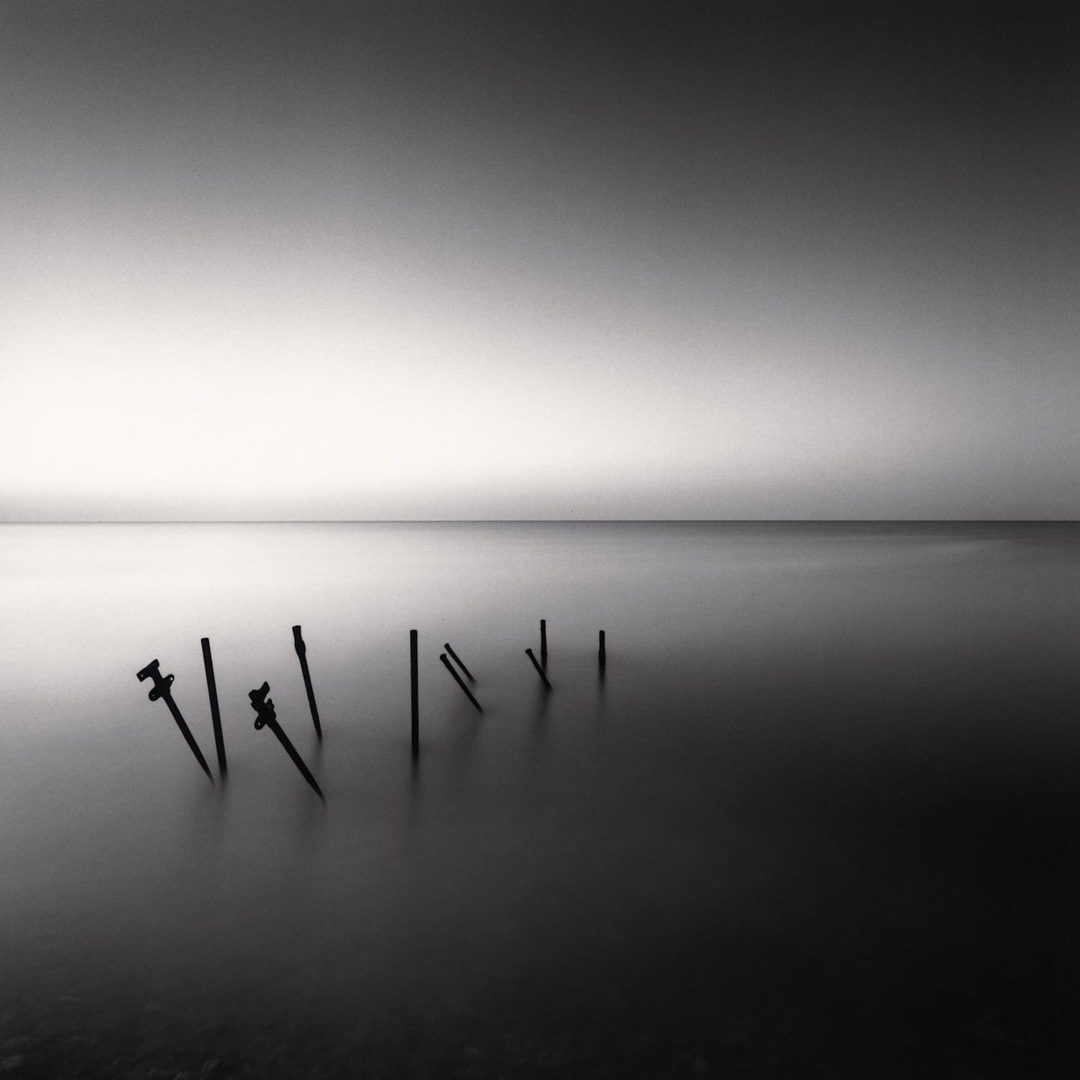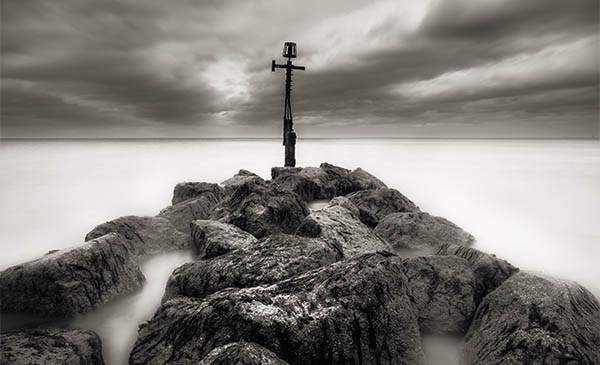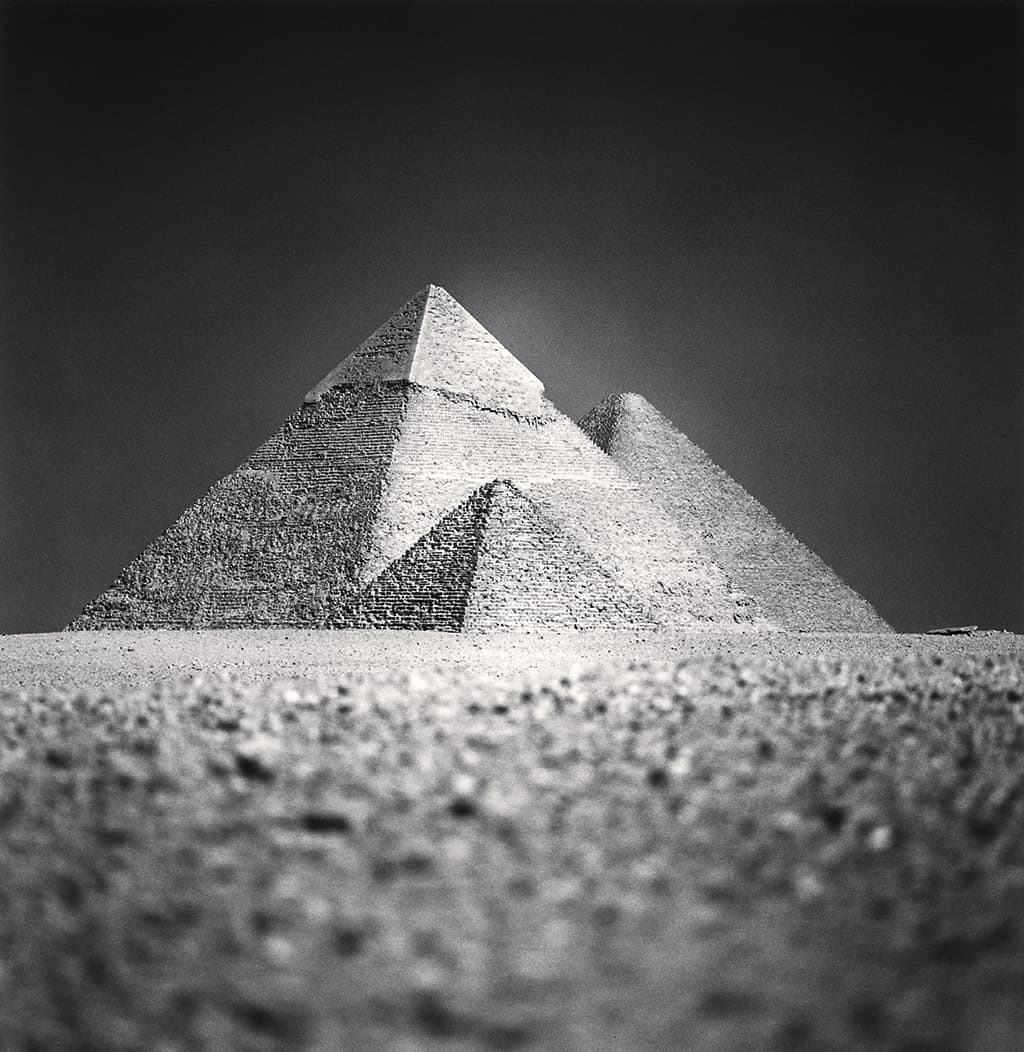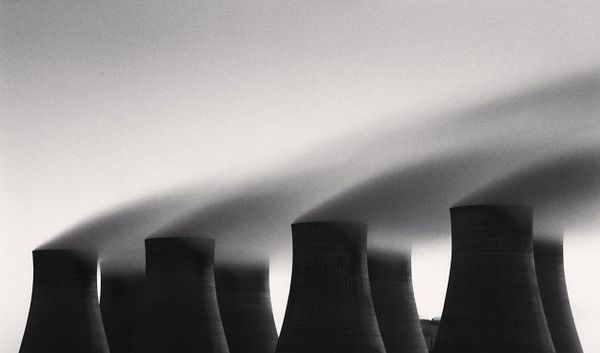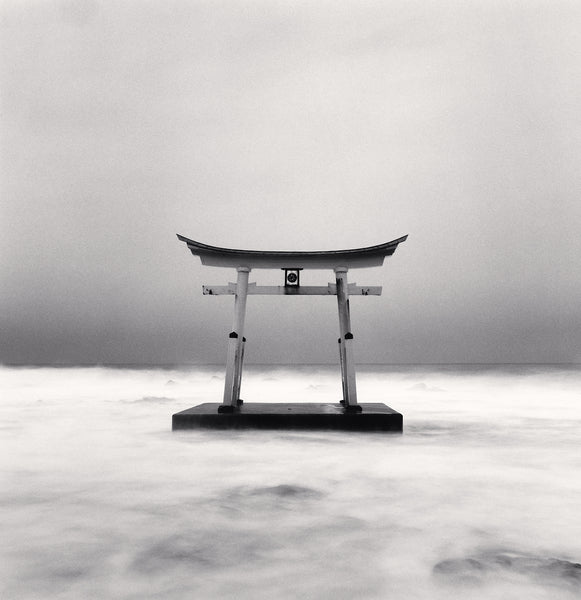Intent/Message of Her Photographs:
Leibovitz’s photography frequently explores the narratives and personalities of her subjects, striving to capture their character or story in a single image. Her portraits create iconic visuals that merge reality with theatricality, reflecting her background as a photographer for Rolling Stone and Vanity Fair. While her work is rooted in celebrity culture and media, it goes beyond conventional portrayals by introducing a richer emotional or conceptual dimension.
Style Analysis:
Technical Composition
Leibovitz’s portraits are meticulously staged, employing dramatic lighting and sharp details that draw the viewer’s focus to the subject’s expression or pose. She often uses high contrast alongside a subdued color palette, adapting her editing style to suit the concept of each image.
Thematic Elements
Leibovitz often adopts an intimate or cinematic approach, occasionally referencing historical or mythological themes. Many of her photographs juxtapose glamour with raw human emotion, creating a compelling narrative.
Techniques
She utilizes natural or soft directional lighting, enhanced by diffused highlights. Her strategic framing enhances storytelling, frequently positioning subjects slightly off-center to create dynamic balance. Subtle props and environments enrich the context without overshadowing the subject.
Commonalities Across Works
Leibovitz emphasizes moments of vulnerability and power, often blurring the distinction between the two. She employs wide apertures for a shallow depth of field, which highlights the subject while gently softening the background.
Justification for Selection:
Annie Leibovitz’s style inspires me due to its versatility and narrative depth. Her talent for blending artistry with realism is something I aspire to incorporate into my own work. The cinematic quality of her portraits resonates with my preference for warm, vibrant compositions, while her occasional use of muted tones offers a compelling contrast. Here are some techniques I plan to experiment with:
- Using lighting to sculpt the subject’s face and form.
- Experimenting with props to subtly convey the subject’s personality.
- Playing with depth of field to isolate the subject while hinting at a broader context.
Inspirational Images:
Angelina Jolie with Tiger (2005):

Visual description: Jolie stands with tigers, blending glamor with raw, animalistic energy. The balanced composition and bold lighting emphasize strength and mystery.
John Lennon and Yoko Ono (1980):

In the image, Lennon is curled around Ono in a vulnerable pose, creating a juxtaposition of intimacy and fame. The tight framing enhances their connection while eliminating distractions.
Queen Elizabeth II (2007):

In the image, the Queen is set against a dramatic, overcast sky. The lighting accentuates her formal attire, resulting in a regal yet humanized portrayal. The use of negative space enhances the grandeur of the composition.
Detailed Critique of Favorite Image by Annie Leibovitz:
John Lennon and Yoko Ono (1980)
CONTENT
Subject
The photograph captures John Lennon and Yoko Ono in an intimate, vulnerable pose. Lennon, nude, curls around a fully clothed Ono, symbolizing emotional dependence and connection.
Details
Set against a plain background, the focus remains entirely on the subjects. Lennon’s bare form contrasts with Ono’s black attire, emphasizing their emotional roles.
Setting
Taken in a simple studio space with neutral tones, the lack of distractions highlights their raw, personal connection. This photograph was shot on December 8, 1980, just hours before Lennon’s tragic assassination, adding historical significance.
Character
Lennon’s nudity and curled posture suggest vulnerability, love, and even desperation. In contrast, Ono’s calm expression and formal clothing convey stability and strength. This juxtaposition reflects the dynamics of their well-documented relationship. The pose feels both organic and deliberate, evoking intimacy and reliance.
Situation/Plot
The photograph immortalizes their bond, showcasing a blend of tenderness, fame, and personal struggle. The cultural context of the time—Lennon’s peace activism and their controversial public persona—infuses the image with layers of meaning, highlighting love and vulnerability amidst the chaos of public life.
STYLE & GENRE
Color
The photograph features a muted color palette, giving it a timeless quality. Soft, natural tones avoid excessive saturation or harsh contrasts.
Contrast
Low contrast enhances the intimacy of the image. Soft shadows and highlights subtly shape the subjects without creating drama, allowing their emotions to take center stage.
Style Description
The style is tender, intimate, and minimalistic. The absence of elaborate settings or props amplifies the emotional power of the subjects.
PHOTOGRAPHIC ATTRIBUTES
Point of View
The photographer adopts a direct, front-facing perspective, positioning the viewer as a close observer of this intimate moment.
Eye Movement
The viewer’s gaze is first drawn to Lennon’s face and striking posture, then shifts to Ono’s calm expression. The curve of Lennon’s body naturally guides the eye through the image.
Lines, Patterns, and Shapes
Lennon’s pose forms a protective circle around Ono, visually representing their connection. The composition is asymmetrical yet balanced, with the contrast between his skin and her dark clothing creating a natural divide.
Lighting
Soft, diffused lighting creates even tones, enhancing the tenderness of the moment. Minimal shadows ensure that the subjects’ expressions and body language remain the focal point.
Focus
The subjects are sharply focused against a plain, slightly blurred background, amplifying their connection and emotional resonance.
Standout Element
Lennon’s nudity immediately stands out, symbolizing vulnerability and devotion, while Ono’s composed demeanor anchors the photograph.
MEANING / INTENT
Mood
The image evokes a tender, melancholic, and profoundly intimate atmosphere. The vulnerability expressed through body language and muted lighting fosters a sense of quiet affection and fragility.
Intention
Leibovitz likely intended to showcase the depth and complexity of their relationship, balancing love, dependency, and individuality. The stark simplicity of the setup enhances the focus on emotion and connection.
Emotional Impact
The photograph elicits a mix of warmth and sadness, particularly when viewed in light of its tragic context. This visual intimacy cultivates a deep sense of empathy for the subjects.
Reflection
Leibovitz’s choices—minimal props, soft lighting, and direct composition—achieved profound emotional resonance. The photograph successfully immortalizes an iconic relationship and moment in history.
REVISED VISION: Cat Portrait Photography Inspired by Annie Leibovitz
Intent/Message of My Photographs
Inspired by Annie Leibovitz, my goal in cat portrait photography is to capture the unique character and story of each feline subject. I aim to reveal the essence of a cat’s personality in a single frame, blending reality with a touch of theatricality. Just as Leibovitz transcends traditional celebrity portraits by adding emotional depth, I strive to elevate cat portraits beyond mere cuteness, highlighting their individuality and the special bond they share with their surroundings.
Style Analysis
Technical Composition
- Staging and Lighting: I will carefully stage the portraits with dramatic yet soft lighting to accentuate the cat’s features and expressions. Sharp details, such as whiskers and fur texture, will draw the viewer’s attention to the cat’s unique pose or gaze.
- Color Palette: While maintaining a natural and subdued color palette, I will adjust the tones to complement the cat’s coloring and personality, similar to how Leibovitz varies her editing style based on the concept.
Thematic Elements
- Like Leibovitz’s intimate and cinematic approach, I will draw inspiration from various themes such as nature, mythology, or historical contexts to enrich the narrative of each portrait.
- I aim to juxtapose the inherent elegance of cats with moments of raw, playful energy, capturing the balance between their regal demeanor and whimsical nature.
Techniques
- Lighting: I will use soft, natural lighting or diffused highlights to sculpt the cat’s form and emphasize their expressive eyes.
- Framing: Strategic framing will enhance storytelling, often placing the cat slightly off-center to create dynamic balance and guide the viewer’s eye.
- Props and Environment: I will incorporate subtle props or elements from the cat’s environment to hint at their personality or story, ensuring these additions complement rather than overpower the subject.
Commonalities Across Works
- A focus on capturing moments of vulnerability or regal poise, often blurring the line between playfulness and majesty.
- Use of shallow depth of field to isolate the cat while suggesting a broader context, allowing the background to softly fade and place emphasis on the subject.
Justification for Selection
Annie Leibovitz’s style inspires me with its versatility and narrative depth, which I find perfectly adaptable to cat photography. Her ability to merge artistry with realism aligns with my desire to portray cats with a sense of importance and story. I plan to experiment with:
- Sculpting the subject’s face and form using lighting techniques.
- Using props to subtly convey personality.
- Leveraging depth of field to focus on the cat while hinting at its broader environment or story.
Inspirational Image Concept: Portrait of a Cat with a Feather (Inspired by Leibovitz’s “Queen Elizabeth II”)
Visual Description: The cat is positioned regally on a cushion, with a vibrant feather playfully poised in its paw. The background features a soft, blurred garden scene, evoking a sense of grandeur and natural beauty. The lighting highlights the cat’s eyes and fur texture, creating a portrait that is both majestic and endearing.
Detailed Critique of a Hypothetical Favorite Cat Portrait
CONTENT
Subject: The photograph captures a domestic cat, showcasing its inherent grace and curiosity.
Details: The scene features the cat interacting with a small, colorful feather, adding a playful element to its regal pose.
Setting: The portrait is set against a soft-focus backdrop of a garden, emphasizing the cat’s natural elegance.
Character: The cat’s poised yet playful demeanor reflects a balance of nobility and whimsy, characteristics often celebrated in feline behavior.
Situation/Plot: The image narrates a simple yet profound moment of curiosity and play, inviting viewers into the cat’s world.
STYLE & GENRE
Color: The color palette is natural, with soft, warm tones enhancing the cat’s fur and eye color.
Contrast: Low contrast is used to maintain a gentle intimacy, with soft shadows adding depth.
PHOTOGRAPHIC ATTRIBUTES
Point of View: A direct, slightly low-angle perspective places the viewer at eye level with the cat, fostering connection.
Eye Movement: The viewer’s gaze is drawn to the cat’s face and then to the feather, creating a gentle visual journey.
Lines, Patterns, and Shapes: The curve of the cat’s body and the arch of the feather create dynamic lines, adding elegance to the composition.
Lighting: Soft, natural lighting accentuates the cat’s features, with minimal shadows ensuring no distractions.
Focus: The cat is in sharp focus, with the background softly blurred, highlighting the subject.
Standout Element: The interaction with the feather captures the cat’s playful curiosity, a universal and endearing trait.
MEANING / INTENT
Mood: The image conveys warmth and elegance, blending playfulness with a tranquil sense of nobility.
Intention: The photograph aims to showcase the cat’s unique character and the joy found in simple moments.
Emotional Impact: Viewers are drawn into the cat’s world, feeling a sense of warmth and admiration.
Reflection: By employing Leibovitz-inspired techniques, such as strategic lighting and minimalistic settings, the portrait captures the essence of the cat with artistic depth and emotional resonance.









